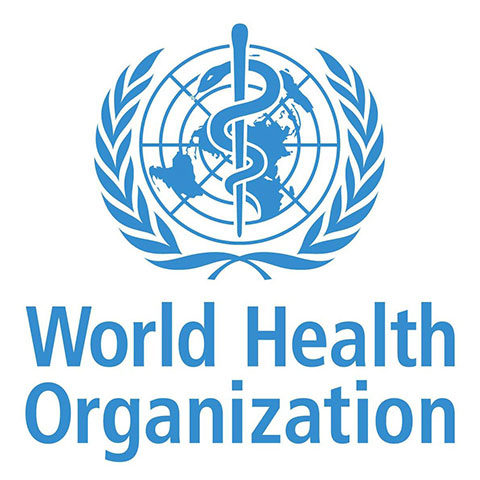
Global Leprosy Update 2022
The WHO Global Leprosy Programme has published the Global Leprosy Update for 2022 in the Weekly Epidemiological Review and the Global Health Observatory. Because of the wealth of data presented, the annual Update is eagerly awaited by the leprosy community. It is encouraging to see more countries reporting each year (182 countries in 2022). In addition, countries are reporting routinely through DHIS2, or by using a standard Excel reporting form, which helps to improve the quality and completeness of the data.
The number of new cases reported is declining year by year, with aberrant figures for 2020 and 2021 because of the COVID-19 pandemic, which diverted field activities throughout the world. The 2022 figures show a return towards the normal trend (see Figure 2 in the Update). There has been much discussion about active case-finding and the provision of single-dose rifampicin to contacts as post-exposure prophylaxis (SDR-PEP), as recommended by WHO, so it would be helpful to see data, by country, on the number of contacts being examined and the number being given SDR-PEP. Publication of data allows progress to be seen, and is also an incentive to countries to match what others are doing.
Child cases in 2022 are presented in Table 3, but perhaps the most distressing figure is that almost half of all child cases with Grade 2 Disability are diagnosed in Africa with 133 cases out of a global total of 278 cases. The case numbers (DRC – 18 cases, Ethiopia – 42 cases, Mozambique – 12 cases, compared with Brazil – 44 cases, India – 55 cases and Indonesia – 28 cases), suggest a significant case management challenge for years to come (Table 5). Ideally, each of these children should be looked at individually in order to develop a tailored management plan, and also to learn how the diagnosis could have been made earlier. Only 42 countries reported reactions (15,031 Type 1, and 6,296 Type 2 reactions), but the information by country is not included in Table 5, so it is difficult to draw out specific lessons. Given that people pay more attention to what is published, there is a case to be made for presenting these more detailed data by country in the annual Global Leprosy Update.
WHO reports on laws that discriminate against people affected by leprosy and advocates for their repeal. It would be good to find an additional indicator of positive support for people facing discrimination and one earlier suggestion was to report on the availability of peer counselling, or perhaps the number of people receiving training as peer counsellors.
The Editorial mentions the recently developed Leprosy Elimination Framework, under which various documents and tools have been produced and are available on the WHO website. WHO has provided new definitions and guidance on the first of these topics, relating to interrupting transmission and eliminating leprosy disease. The basic tool for analysing the declining epidemiology of leprosy is called the Leprosy Elimination Monitoring Tool (LEMT), which is an Excel-based tool to demonstrate progress at sub-national level, focusing separately on child and adult cases. Child cases indicate progress towards interrupting transmission, while adult cases show subsequent progress towards eliminating disease. The Excel sheet produces colour-coded results, which can easily be turned into maps. This is an excellent tool with which to monitor leprosy epidemiology year-by-year. Because two sub-national levels can be included (typically one higher level – state, province or region – and one lower level – district or municipality), one can immediately see where the main clusters of leprosy are, enabling interventions to be more precisely targeted.
In summary, the Global Leprosy Update presents valuable data on the current situation, as well as pointing towards a new paradigm, with a new definition of elimination. It would be great to see WHO present more data in future that point to this new paradigm: data on contact examinations and SDR-PEP; and better data on reactions to incentivize better case management of reactions and disability. Zero leprosy also includes a third arm – zero discrimination – so reporting new and relevant indicators in this area by country should be considered. It can be argued that more data can facilitate the paradigm shift that WHO is calling for, so if space in WER is limited, perhaps supplemental data could be made available online